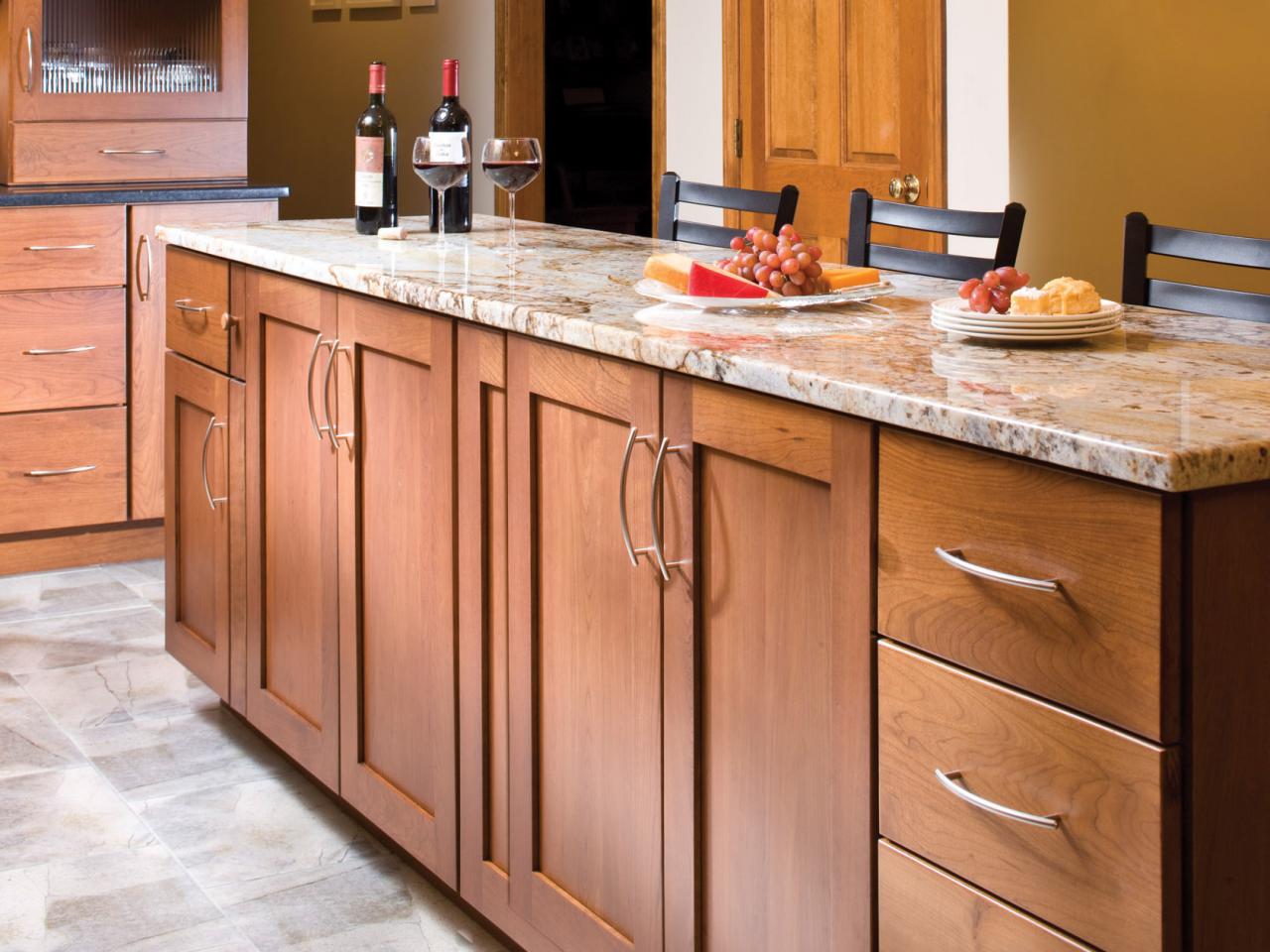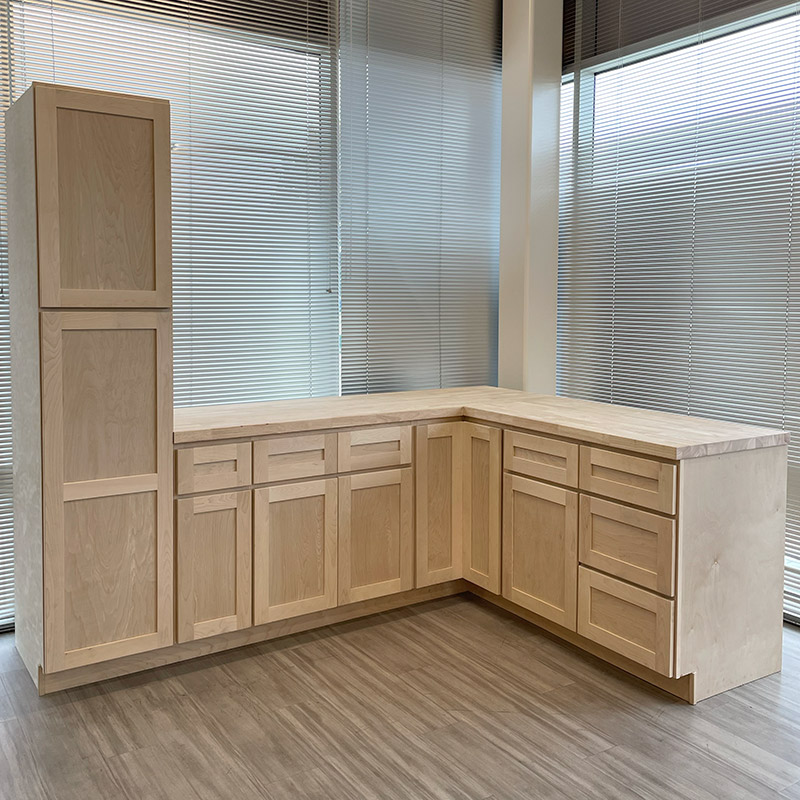Shaker Cabinet Design & Functionality

Shaker cabinets, known for their simple yet elegant design, have become a staple in modern kitchens and homes. Their timeless appeal stems from a blend of practicality and aesthetic appeal, making them a popular choice for both traditional and contemporary interiors. This enduring popularity is a testament to the Shaker style’s ability to seamlessly integrate into various design schemes, offering both functionality and visual appeal.
Historical Origins and Enduring Popularity
The Shaker style originated in the 18th century with the religious sect known as the United Society of Believers in Christ’s Second Appearing, commonly called the Shakers. Their philosophy emphasized simplicity, functionality, and craftsmanship, which heavily influenced their furniture design. Shaker cabinets were designed with practicality in mind, featuring clean lines, sturdy construction, and durable materials. The absence of ornamentation, often seen in other styles, reflects the Shaker belief in simplicity and utility.
The Shaker style’s enduring popularity is attributed to its timeless design, which transcends trends and remains aesthetically pleasing across generations. The clean lines and minimalist aesthetic create a sense of order and tranquility, making them a popular choice for modern kitchens seeking a sense of calm and sophistication.
Examples of Shaker Cabinets with Built-in Features
Shaker cabinets offer a range of built-in features that enhance functionality and organization. These features are seamlessly integrated into the design, adding convenience and practicality without compromising the aesthetic appeal.
- Spice Racks: Shaker cabinets can incorporate pull-out spice racks, providing easy access to frequently used spices while keeping them organized and within reach. These racks often feature multiple tiers, allowing for efficient storage and easy visibility of different spices.
- Pull-Out Drawers: Shaker cabinets can be equipped with pull-out drawers, offering convenient storage for utensils, cookware, or other kitchen essentials. These drawers are often designed with soft-close mechanisms, ensuring smooth operation and preventing slamming.
- Integrated Lighting: Shaker cabinets can incorporate integrated lighting, illuminating the interior for easy visibility and creating a warm and inviting atmosphere. This feature is particularly useful for showcasing decorative items or highlighting specific areas within the cabinet.
Shaker Cabinet Construction & Materials

Shaker cabinets are known for their simple yet elegant design, and their construction reflects this philosophy. The materials and methods used are chosen for their durability, practicality, and aesthetic appeal. This section will delve into the key aspects of shaker cabinet construction, from the materials used to the techniques employed in building these timeless pieces.
Materials Used in Shaker Cabinet Construction
The materials used in shaker cabinet construction play a crucial role in determining their longevity, aesthetics, and overall quality. Wood is the primary material, with various types chosen for their specific properties.
- Wood Types: The most common wood types used in shaker cabinet construction include:
- Hardwoods: Hardwoods are known for their strength, durability, and ability to hold intricate details. Popular choices include:
- Maple: Maple is a strong and dense hardwood with a light, creamy color. It is resistant to scratches and dents, making it a good choice for high-traffic areas. Maple is often used for shaker cabinets because it accepts stains well, allowing for a variety of finishes. It also exhibits a beautiful grain pattern, adding to its aesthetic appeal.
- Cherry: Cherry is a hardwood known for its rich reddish-brown color and distinctive grain pattern. It is a relatively soft wood, but its beauty and durability make it a popular choice for shaker cabinets. Over time, cherry wood develops a warm, amber patina, adding to its charm.
- Oak: Oak is a durable hardwood with a distinctive grain pattern and a warm, golden color. It is a good choice for shaker cabinets due to its strength and resistance to moisture. Oak is often used in traditional shaker designs and can be finished in a variety of ways to achieve a desired look.
- Softwoods: Softwoods are generally more affordable than hardwoods, but they are not as durable. They are often used for less visible parts of the cabinet, such as the back or shelves. Popular choices include:
- Pine: Pine is a softwood with a light, yellowish color and a distinct knotty grain pattern. It is relatively inexpensive and easy to work with, making it a good choice for budget-friendly projects. Pine can be stained or painted to achieve a desired finish.
- Fir: Fir is a softwood with a light, yellowish-brown color and a straight grain pattern. It is stronger than pine and is often used for structural elements in shaker cabinets. Fir can be stained or painted to achieve a desired finish.
- Plywood: Plywood is a sheet material made by layering thin sheets of wood veneer. It is strong, stable, and resistant to warping, making it a good choice for cabinet construction. Plywood is often used for the cabinet boxes and shelves, while solid wood is used for the doors and face frames.
Shaker Cabinet Construction Techniques, Shaker built in cabinet
The construction of a shaker cabinet involves a series of steps, each requiring precision and care. The techniques employed ensure the cabinet’s structural integrity and aesthetic appeal.
- Cutting: The first step in shaker cabinet construction is cutting the wood to size. This requires precision and accuracy, as any errors will be evident in the finished product. Power tools such as table saws, miter saws, and circular saws are often used for this step. However, hand tools like hand saws and chisels can also be used for more intricate cuts.
- Joining: Once the wood is cut, the pieces are joined together to form the cabinet’s frame and panels. Various joining techniques are used, each with its own advantages and disadvantages. Some common methods include:
- Dado Joints: Dado joints are used to create strong, flush-fitting connections between two pieces of wood. A dado is a groove cut into one piece of wood that receives a corresponding tongue on the other piece. Dado joints are often used for joining the cabinet sides to the top and bottom.
- Rabbet Joints: Rabbet joints are similar to dado joints but involve a single groove cut into the edge of one piece of wood, which receives a corresponding tongue on the other piece. Rabbet joints are often used for joining the cabinet back to the sides.
- Mortise and Tenon Joints: Mortise and tenon joints are a traditional joinery method that creates strong, durable connections. A mortise is a rectangular hole cut into one piece of wood, while a tenon is a protruding piece on the other piece that fits into the mortise. Mortise and tenon joints are often used for joining the cabinet doors and face frames.
- Pocket Hole Joints: Pocket hole joints are a relatively modern joinery method that uses specialized screws and a jig to create strong, concealed connections. A pocket hole is a small angled hole drilled into the edge of one piece of wood, allowing the screw to be driven into the end grain of the other piece. Pocket hole joints are often used for joining the cabinet sides to the top and bottom.
- Finishing: The final step in shaker cabinet construction is finishing. This involves sanding, priming, and painting or staining the cabinet to achieve the desired look. The finishing process can significantly affect the appearance and durability of the cabinet.
Shaker Cabinet Construction Methods
There are two main construction methods used for shaker cabinets: frame and panel construction and slab construction.
- Frame and Panel Construction: This method is the traditional approach to building shaker cabinets. It involves creating a frame around a panel, which is typically made of plywood or a solid wood panel. The frame provides structural support, while the panel creates a flat surface. Frame and panel construction is known for its strength, durability, and ability to accommodate different panel styles.
- Slab Construction: Slab construction involves using a single piece of wood or plywood for the cabinet door or drawer front. This method is simpler and faster than frame and panel construction, but it may not be as strong or durable. Slab construction is often used for contemporary shaker cabinets, where a minimalist aesthetic is desired.
Shaker Cabinet Styles & Customization Options: Shaker Built In Cabinet

Shaker cabinets are known for their clean lines and simple elegance, making them a versatile choice for various design aesthetics. From traditional to modern, there are numerous shaker cabinet styles to suit different preferences and home decor.
Shaker Cabinet Styles
This section explores different shaker cabinet styles, including their key characteristics and design elements.
| Style | Description | Characteristics |
|---|---|---|
| Traditional | Classic Shaker cabinets with a timeless appeal. | Simple, rectangular door panels with raised center panels, often with a dark wood stain or paint finish. |
| Modern | Contemporary Shaker cabinets with sleek lines and minimalist designs. | Flat door panels with minimal embellishments, often painted in bold colors or metallic finishes. |
| Contemporary | A blend of traditional and modern elements, featuring Shaker design principles with a contemporary twist. | May incorporate unique hardware, textured finishes, or subtle design details that add visual interest. |
Shaker Cabinet Customization Options
Shaker cabinets offer extensive customization options to create a unique and personalized look. This section explores various ways to personalize your Shaker cabinets.
- Hardware: Shaker cabinets can be enhanced with various hardware options, such as knobs, pulls, and hinges. Traditional Shaker cabinets often feature simple, understated hardware, while modern designs may incorporate more contemporary hardware styles.
- Paint Colors: Paint colors play a significant role in defining the style and ambiance of Shaker cabinets. Traditional styles often feature neutral colors like white, cream, or gray, while modern designs may embrace bold colors like black, navy, or teal.
- Door Panel Designs: Shaker cabinets can be customized with different door panel designs. The most common design features a raised center panel, but other options include recessed panels, flat panels, or even glass panels.
Shaker built in cabinet – Shaker built-in cabinets are a classic choice for their clean lines and timeless appeal. But even with their sleek design, sometimes you need a little extra storage space. That’s where a DIY corner cabinet pull-out comes in! This guide walks you through the process, helping you maximize every inch of your corner cabinet.
Once you’ve added this handy feature, your shaker cabinets will be even more functional and beautiful!
Shaker built-in cabinets are a timeless classic, blending seamlessly into your kitchen design. If you’re looking for a brand that embodies the Shaker aesthetic, look no further than American Woodmark shaker cabinets. Their craftsmanship and clean lines elevate the simplicity of Shaker style, creating a space that’s both functional and beautiful.
Whether you’re building a new kitchen or renovating your existing one, Shaker built-in cabinets offer a timeless elegance that will never go out of style.
